Lore, Tropes, and Goals: The Problem with New Settings
There’s this preconception in roleplaying circles that game settings are easy to get into if they have a book or movie about them. Middle Earth is “easy to grasp”, people say, because you “just” need to read a couple of (overly long) books, or watch a couple of (overly long) movies.
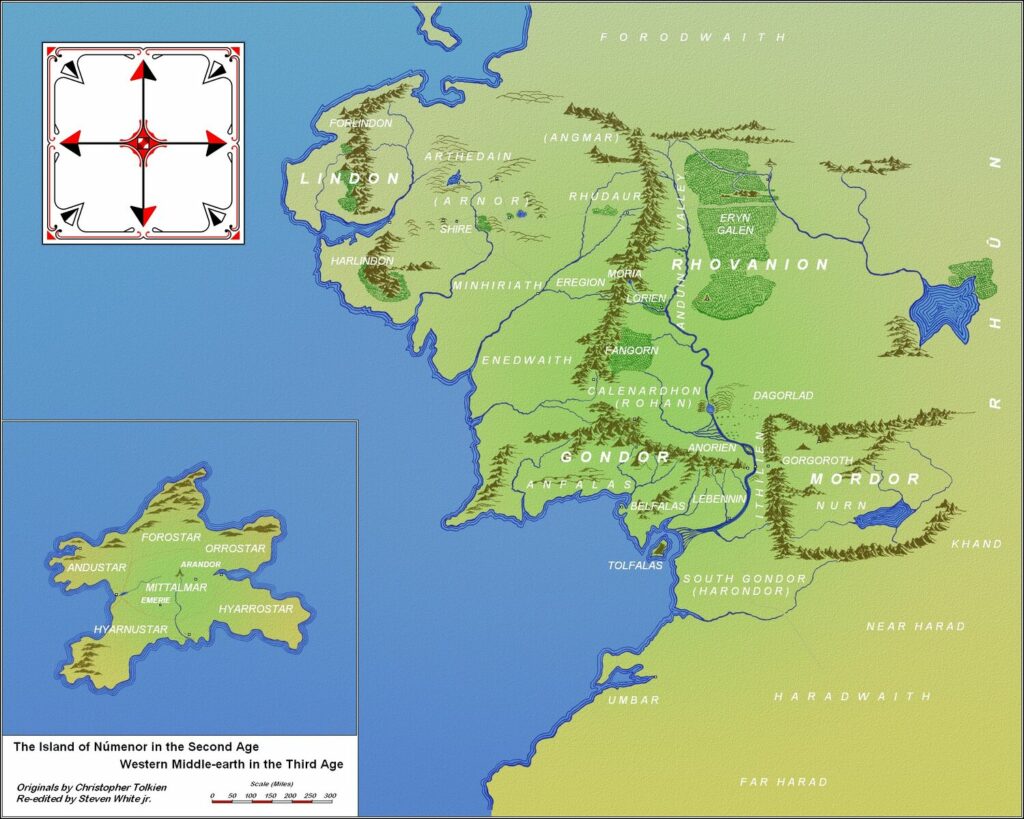
But I was watching my first Actual Play of The One Ring recently and it was set in the Second Age of Middle Earth: the coastal line of the game map looked familiar but all the names were “wrong”. I didn’t know where the player characters were from, who their allegiances were to, or where they were going. It was just a bunch of random Tolkienesque names to me. But I was familiar with the tropes, and I understood their simple short-term adventure goal. And that’s all I needed to follow along.
The Most Complicated Setting
Some people are intimidated by vast amounts of existing lore because they assume that they need to assimilate most of it before they start playing. This is typical with old and multiply-published settings like Glorantha. But that’s not really what’s going on in my opinion.
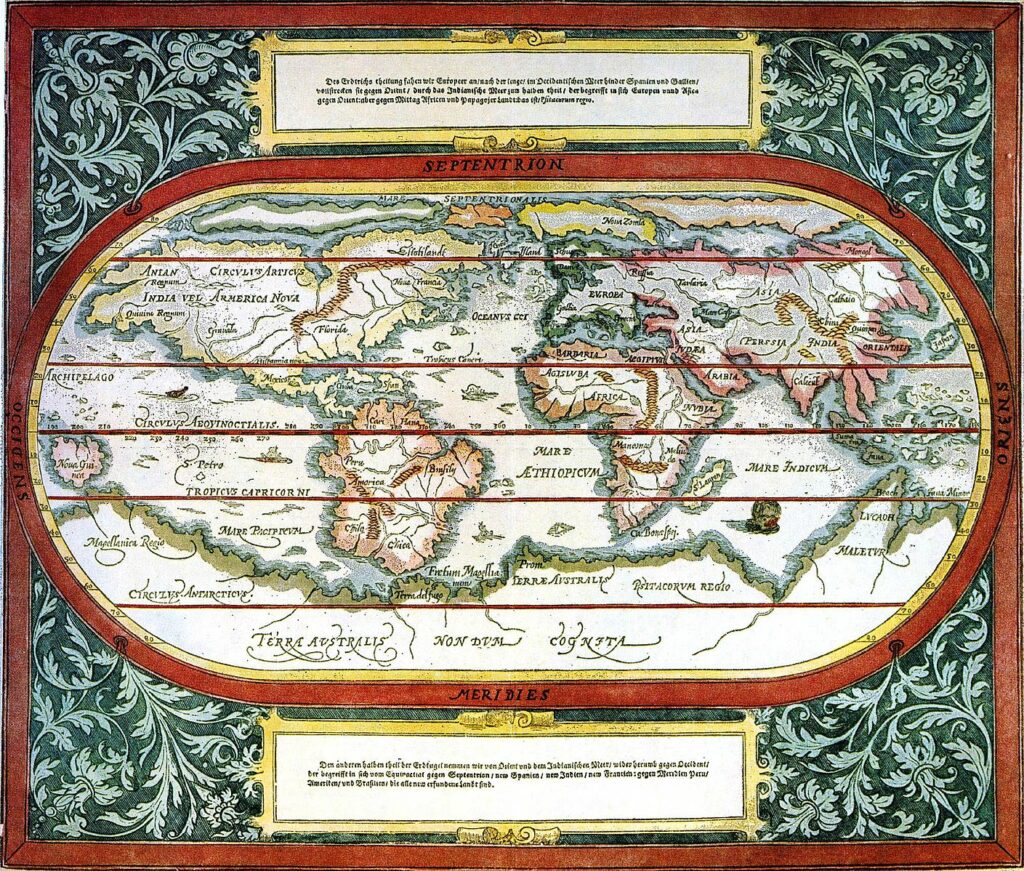
Think about it for a minute. What is the game setting with the most amount of lore written for it? The Forgotten Realms? Star Wars? Nope, it’s Earth. Pick virtually any place and year in the history of our planet and there will be orders of magnitude more existing literature than any fantasy world you can think of. But that doesn’t prevent people from playing adventures in the real world (or a fantasy version of the real world)… as long as they have a minimum grasp of the tropes and the adventure’s goal.
Get Your Katana
To me, late-era feudal Japan is the best way to illustrate this point. Most people are familiar with the tropes, but very few know the “lore” of the setting. Yet, I don’t think most players would feel “intimidated” by playing in feudal Japan.
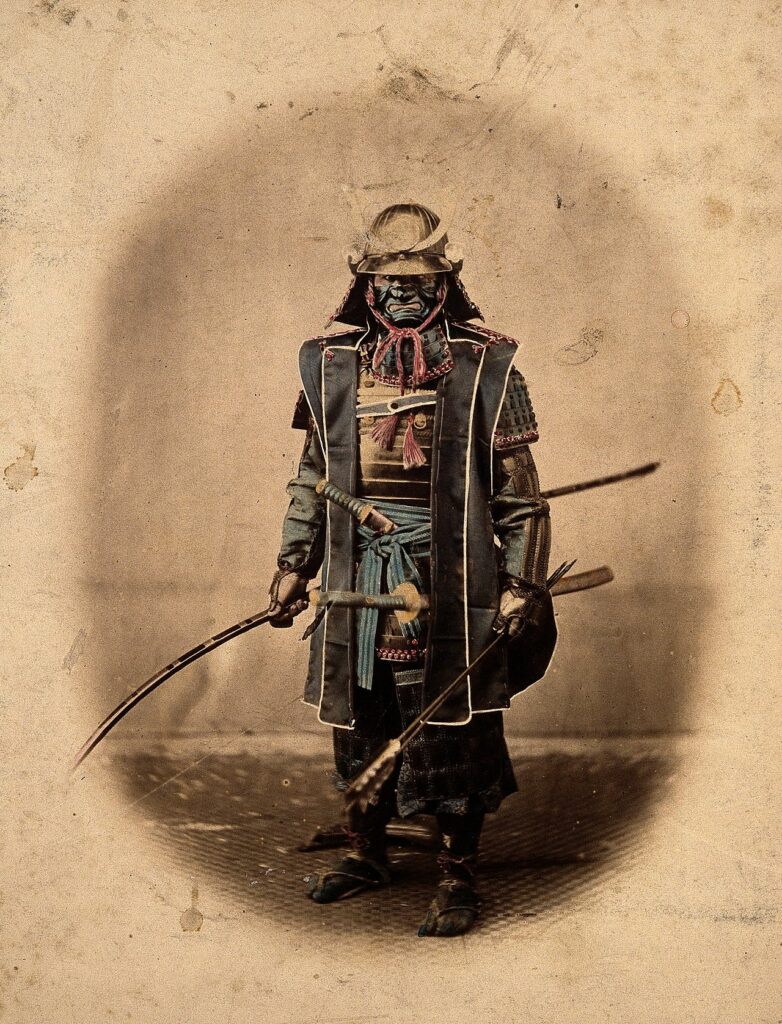
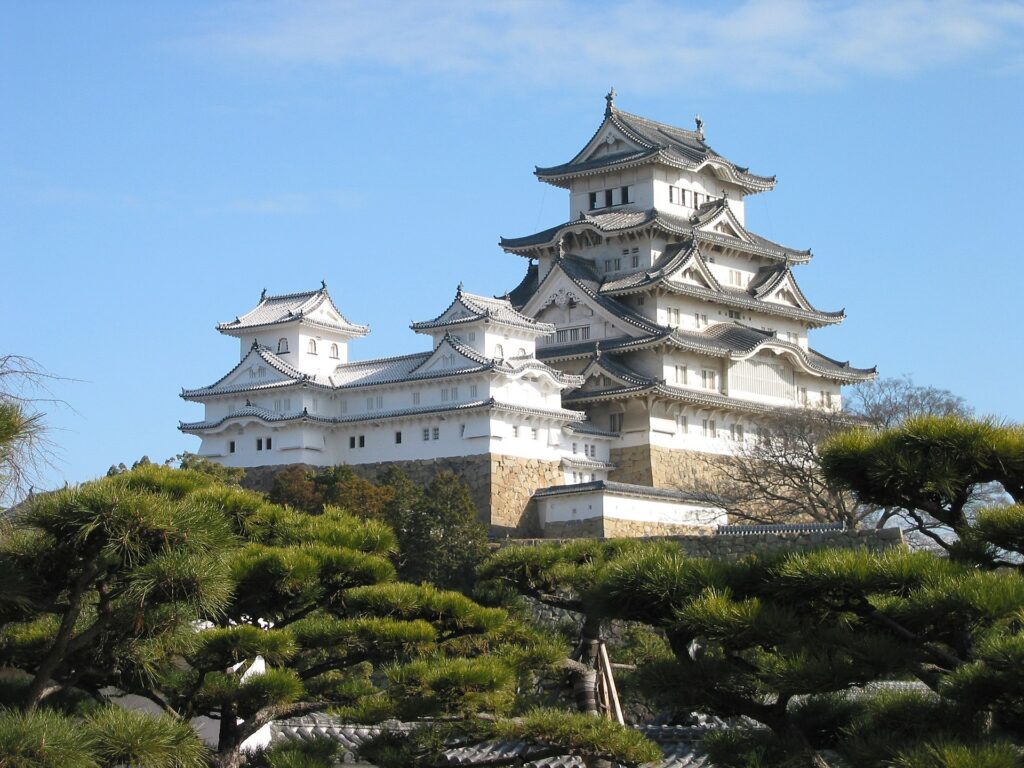
Typically, you play a group of samurai working for a regional lord (daimyo) and you deal with various problems around the land, whether it’s bandits or spirits or monsters or whatever. You can fill in the rest because you are almost surely familiar with what a samurai looks like, and what Japan looks like, even if it’s from cliché pop-culture references.
But most players might not have watched an actual samurai movie like Yojimbo, heard about the 47 Ronin, know the difference between the Muromachi and Edo periods, or even know the name of the Emperor at whatever time you’re playing in! (I don’t!) They probably don’t know about early Chinese influence on Japanese philosophy and politics, the massive naval fleet that “recently” went Korea, or the complicated trade and religious incursions from Spain and Portugal. And it’s fine! Players don’t need to know all this to start playing, and whatever is needed for a particular adventure can be introduced in play.
All the complexity of 17th century Japan is, at least at first, completely set aside for the absolute basics you need to start playing: some samurai tropes, and a simple campaign framework such as “deal with the neighbouring shogun’s men who seem to have strange magical powers“. Feudal Japan is the best example I can think of that combines “I haven’t read much lore” with “but I know the tropes” resulting in “of course I’ll play a samurai!“. The key here is “but I know the tropes“.
Save the Golden Stool
Now let’s take something else like, say, a 17th century “Birth of the Ashanti Empire” campaign.
What the fuck is an Ashanti Empire, you say? Glad you asked! (and congrats on your historic and geographic knowledge if you didn’t!) It’s a late-medieval state located in the area now known as Ghana. Can your players locate Ghana on a map? Do they know what it looks like now, let alone how it looked like in the 17th century? Do they know anything about this setting? Probably not (I don’t!)
The problem here isn’t about explaining the setting. I can do that right now. The gist of it is that the area is occupied by various Akan tribes. The Denkyira (dark blue in the map below) are the ones in power, ruling over most of the other tribes from their capital in Abankeseso. You belong to the Oyoko tribe, subjects of the Denkyira, and your capital is Kumasi (named Kwaaman in the map below, because that map dates to just before the year your previous king moved and renamed the capital… long story, but you have a nice, big, royal tree in the middle of the town now).

Your current king, Osei Tutu, was in exile with his Akwamu allies to the east, after getting in some hot water with the Denkyira. But now, while the Denkyira are busy with some wars to the south, Osei Tutu is coming back home with some Akwamu warriors, intent on reforming the Oyoko army in order to kick the Denkyira’s ass and take control of the region.
This game might have some spycraft as you try to delay when the Denkyira learning about Osei Tutu’s return and plans; some political negotiation as you help your boss get all the village leaders on board by sending warriors to join the growing Oyoko army; some combat as you liberate other Oyoko villages from Denkyira or Dormaa occupation; and so on. Nothing groundbreaking here. I would also add some fantasy elements, with Osei Tutu trying to steal magic items from his enemies, or sending you on missions to deal with spirits and monsters that are harassing Oyoko villages in order to put these villagers in his debt and get even more warriors.
Now you can probably see the problem: we still have no idea what 17th century Ghana looks like. I could look up something… and, by the way, only find mid-18th century illustrations drawn by Europeans, from when they started visiting inland more often (you can tell by the racist terminology in some of the captions), but that’s only one piece of the puzzle.
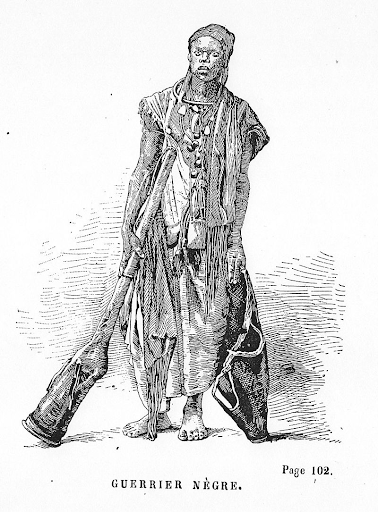
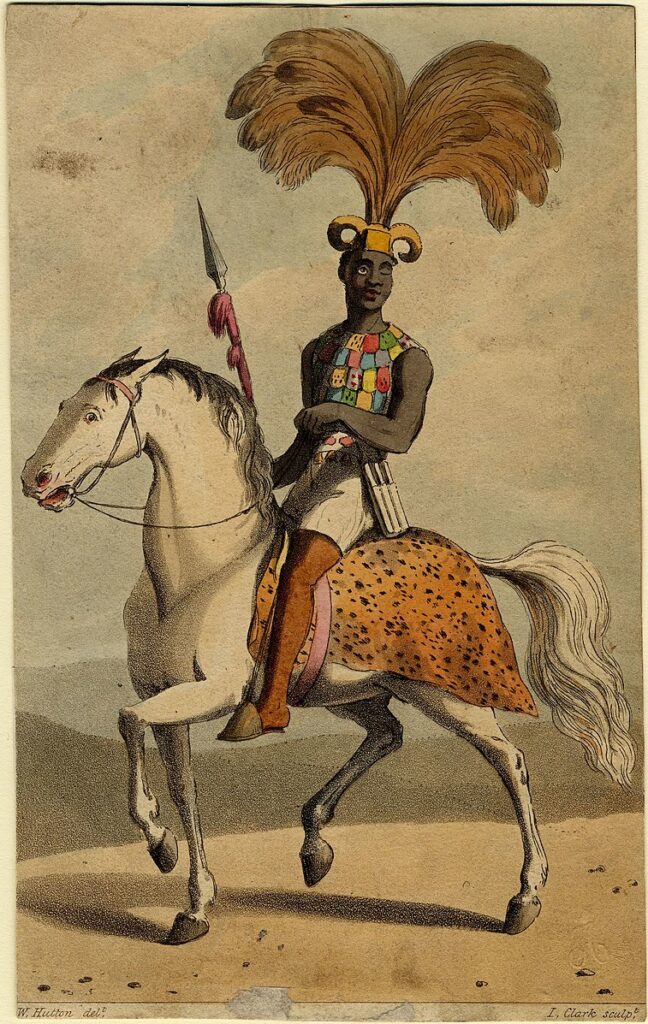
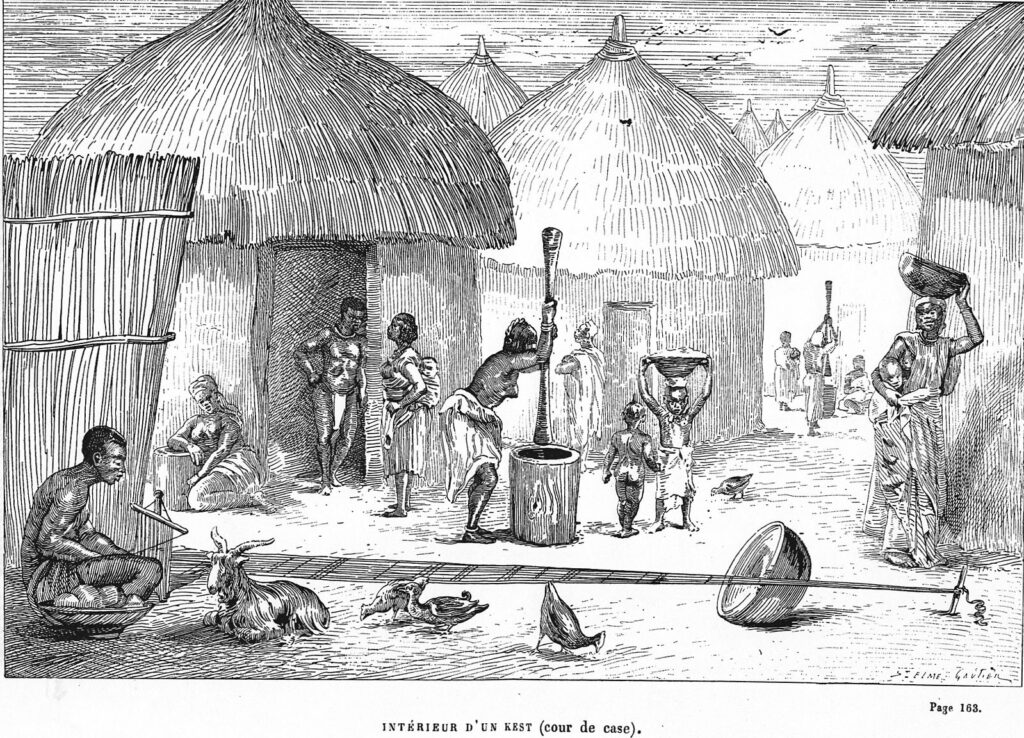
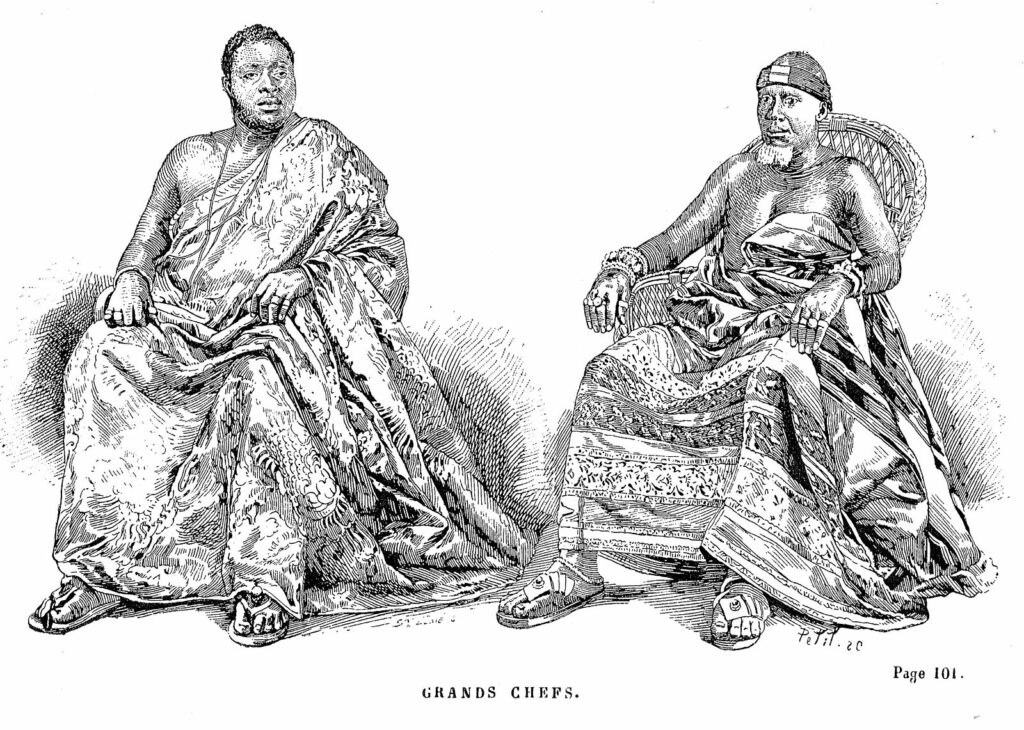

Knowing the tropes is a lot more than knowing how things look. When it comes to feudal Japan, we have a lot more stuff: stern looking samurais, katana duels, Japanese ghosts, drinking tea, farmers in rice paddies, geishas with deadly hair pins, honour oaths and ritual suicides, and much more! Again, are any of these tropes anachronistic or even racist? Probably! It’s just random stuff we’ve accumulated through pop culture so yeah, it most definitely is! But at least we have something to draw from. By comparison, chances are that 17th century Ghana is… a complete blank. The campaign’s framework is simple enough, but we’re missing everything else. It might take research on the part of everyone at the table (not just the GM) to get a basic grasp of Ashanti villages and wilderness, monsters and legends, food and everyday life, or whatever you feel you need to get immersed in that first adventure.
With the perspective of, you know, having to work for it comes, most probably, a giant lack of motivation, especially if you’re a white British guy who doesn’t relate to Ghanan history at all (even though you should… they kicked your ass more than once). It’s difficult to get excited about playing in something you don’t know or relate to at all, of course. But that’s another issue altogether.
Kickstarting the Tropes
Relying on well-known tropes for fantasy world-building is a common technique in roleplaying games. “It’s like A, but with B” is how you pitch many game settings. The best examples I know of this are the following maps, respectively from Harn and 7th Sea.
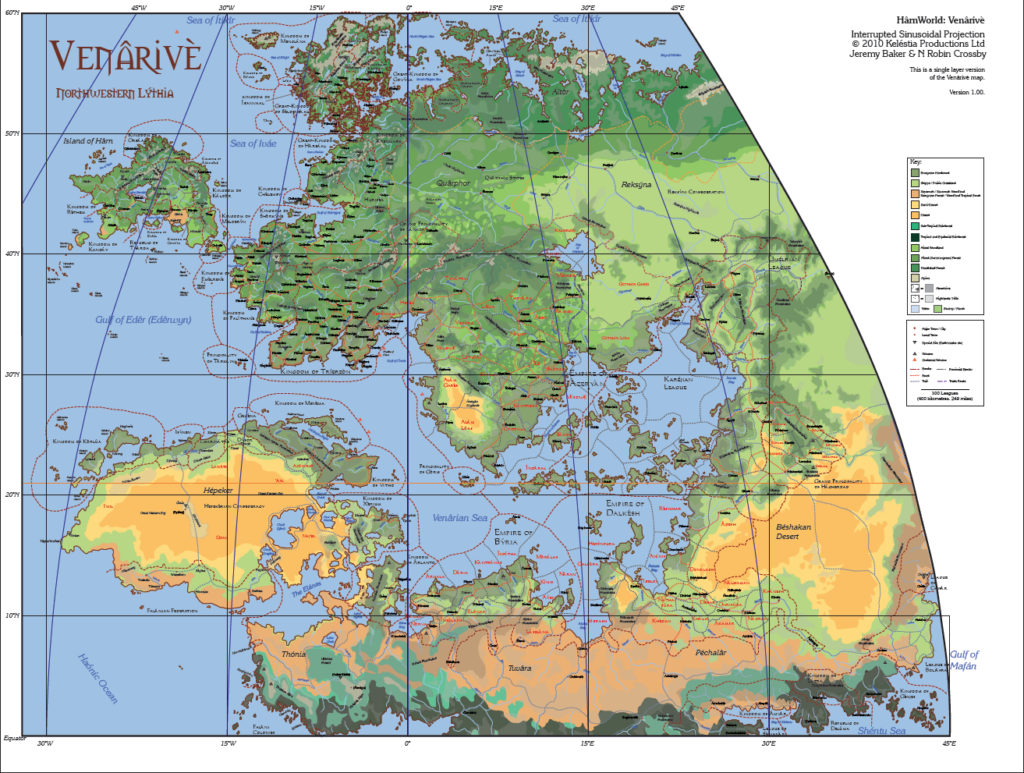
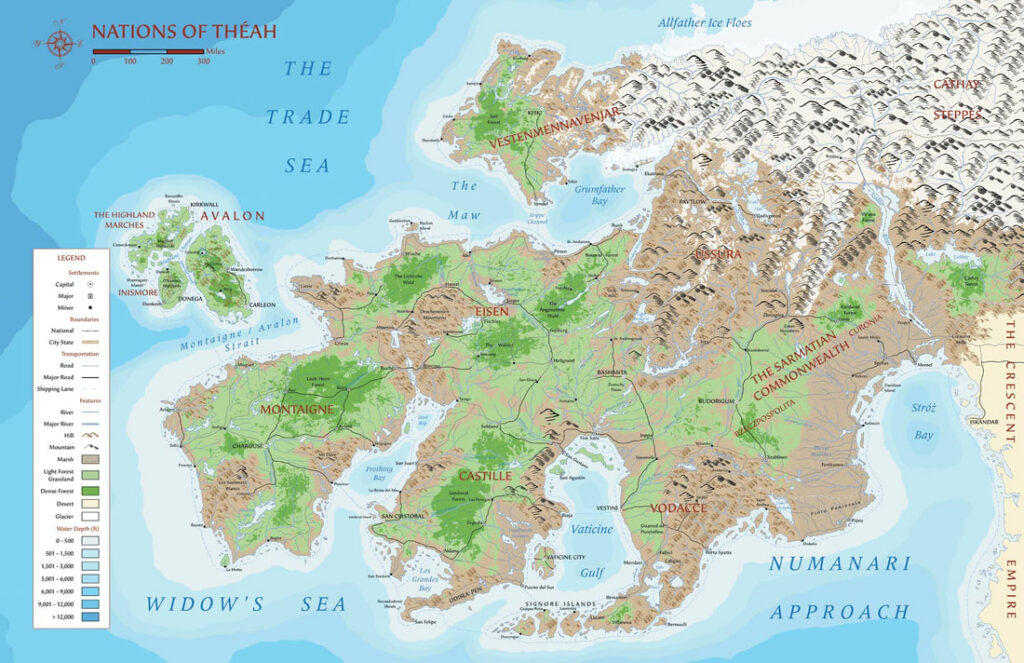
If you squint just a bit, you should see Europe in both maps (with bits of Northern Africa in the first map), as if drawn by a more or less drunk 7-year old kid. This is on purpose: while Harn is an early-medieval fantasy setting and 7th Sea is a roughly 17th century swashbuckling setting, both of them rely on common tropes (at least for westerners) to populate their world. People in the Harnic isles look like 10th century Britons, those in Orbaal look like Vikings, there are musketeers in Montaigne and hussar looking riders in Ussria.
Some people enjoy this mix of familiarity and creative freedom. Others shrug and argue that you might as well play in fantasy Earth instead. Yet others find this boring anyway. All would be correct, and I’m not here to arbitrate this issue — this is mostly a point of comparison to other settings like Glorantha, who very much on purpose try to not look much like anything from Earth. Everything in Glorantha is a mix of various historical inspirations with a lot of original stuff thrown in, and both the fans and, to some degree, the designers will remind it to you at length. You can try to describe Glorantha as “like A, but with B, and some bits of C, and…” but you might run out of letters before people stop correcting you.

Glorantha is an example where the lack of tropes causes problems to newcomers — I’m actually both a recent convert to it, and fairly invested in it, so I fondly remember all the problems I had when I started reading about it. And this is where being a bit loose with the tropes can greatly help other newcomers. Identifying Sartarites with Celts or Ancient Greeks, and Lunars with Romans or Persians (whatever you’re more comfortable with portraying at the table) will make the first couple adventures much easier to run and play, regardless of what the Gloranthan grognards say (you should ignore most of them anyway). It doesn’t even have to be real-world tropes either: the Dothraki from Game of Thrones are totally acceptable inspirations for the Praxian nomads, for instance.
Okay… if you’ve read this whole thing, congratulations and thank you! You can now get in touch with me with all your counter-arguments and other disagreements! But hopefully I helped at least challenge the gaming myth that “too much setting lore” is a barrier to entry for a game. What do you think?